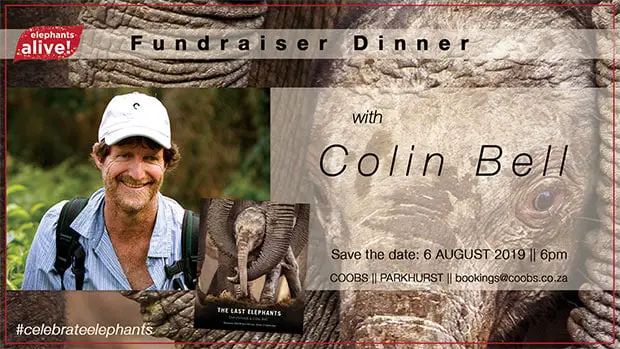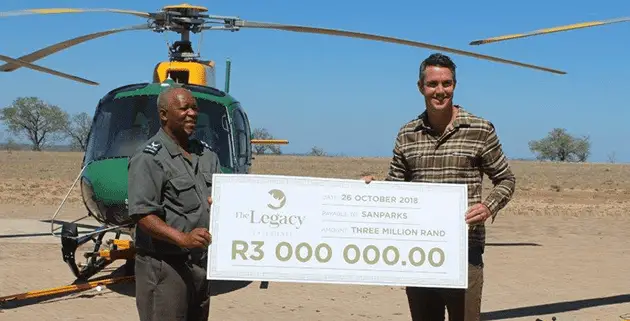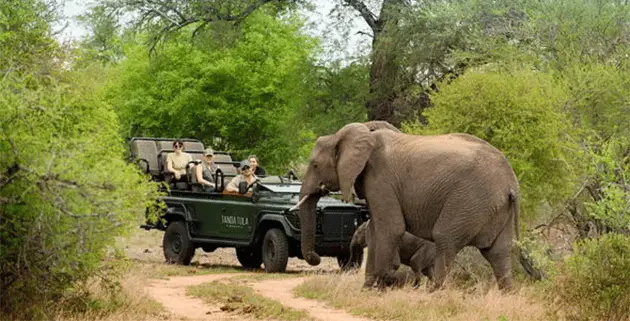Midlands Meander Association supports rare Karkloof Blue butterfly
The Midlands Meander Association recently donated R10 000 to the Endangered Karkloof Blue Butterfly Conservation Programme as part of their longstanding commitment to the survival of the extremely rare species. The butterfly forms part of the logo of the Midlands Meander Association.
The conservation programme for the Karkloof Blue butterfly began in 2002, and is headed by Dr Adrian Armstrong of Ezemvelo KZN Wildlife. It aims to enable viable meta-populations of the species by re-introducing the butterflies to 16 new locations. At present, they are known to exist in only four colonies in the world.
The Midlands Meander funding initially provided bursaries to two tertiary-level students who have made a significant contribution to the research for the programme. Funding was then provided to conduct a survey of the ants on a portion of the first proposed reintroduction site, which is within the Midlands Meander region. The butterfly has a unique relationship with the sugar ant, which carries the larva from the nest to the food source.
The current phase of the project is to fence off the first site for re-introduction, to prevent cattle from eating the larval host-plants and adult nectar-plants. It is important that there is a sufficient variety and density of adult nectar plant species on the site to ensure the survival of the re-introduced colony.
This is not the only way in which the Midlands Meander Association shows its commitment to environmental sustainability. The multiple-award winning Midlands Meander Education Project is approaching its tenth year and impacts more than 4000 school and community members annually. The Project’s facilitators, fondly known as ‘Bugs’, conduct and co-teach environmental and life skills education at 18 schools within the Meander region.
The Midlands Meander Association looks forward to a long and fruitful partnership with the Endangered Karkloof Blue Butterfly Conservation Programme.





